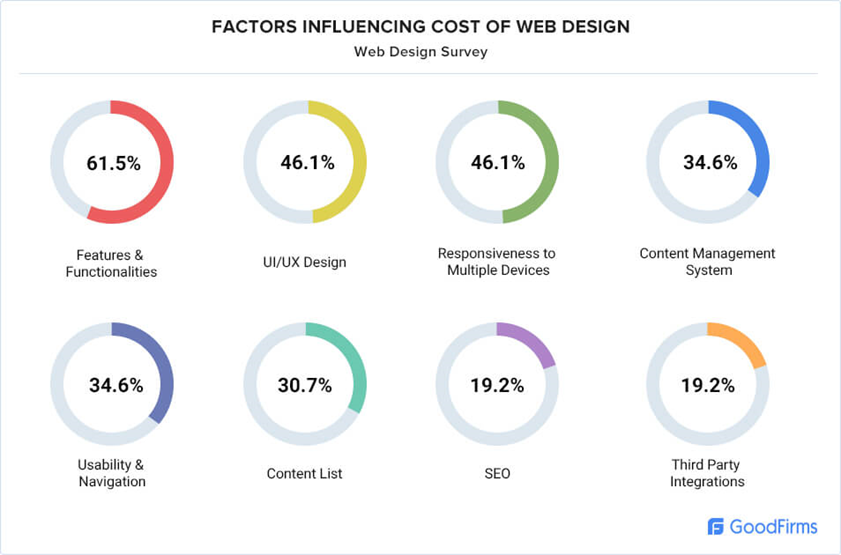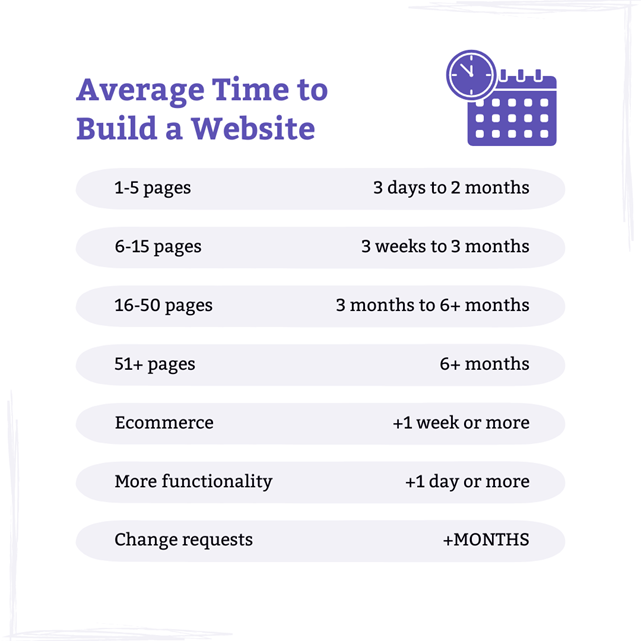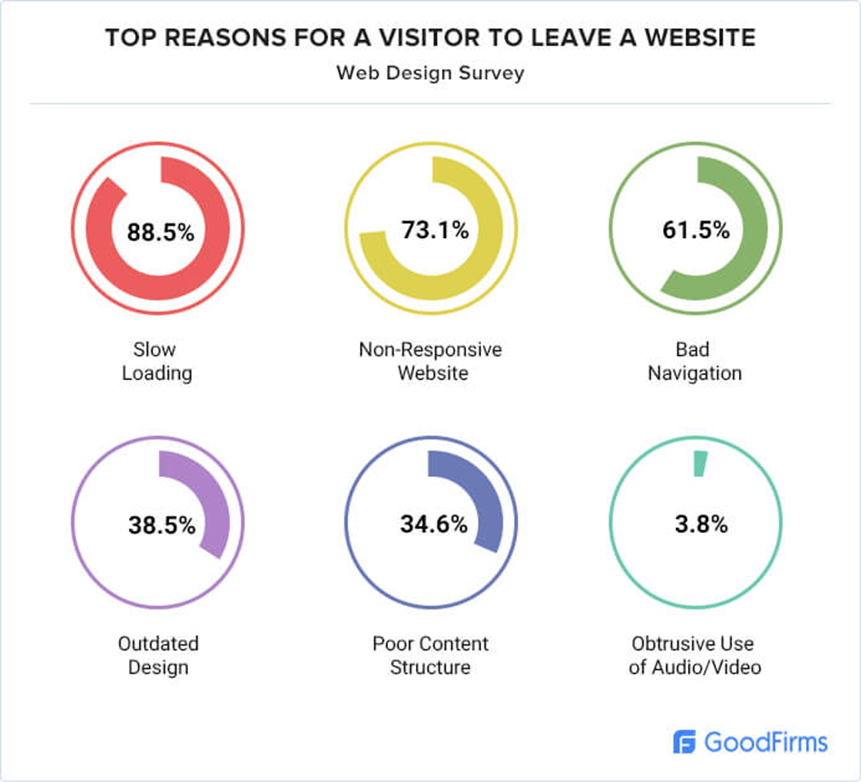Which is better: Custom website design vs themes?
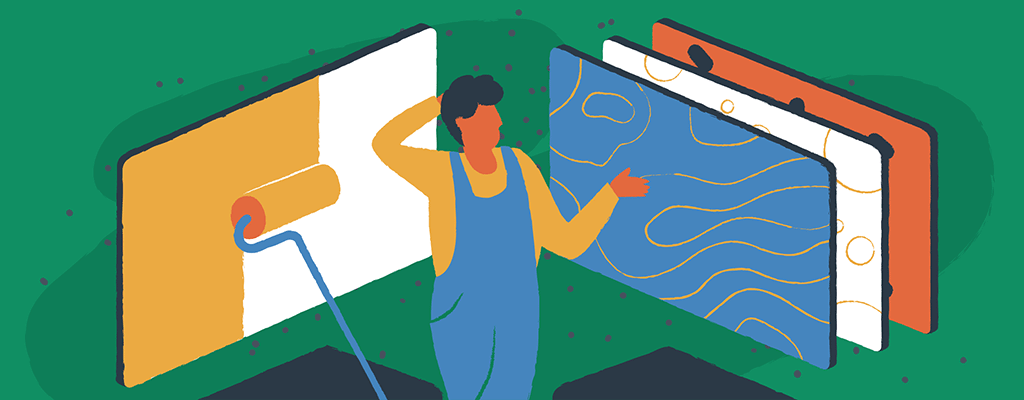

In the early days of the Internet, building a website was an activity reserved solely for the most dedicated computer nerds, developers, and programmers.
The good news is that those days are no more, and the door of website creation is now widely open to anyone who wants to give it a shot.
You don’t need to know how to code, be good with computers, or spend thousands of dollars. You just need a bit of dedication and the willingness to learn new things.
Don’t believe me? Just look at the data, with Siteefy estimating there to be at least 1.11 billion websites in the world, 18% of which are active – a total of 198 million active websites as of December 2023.
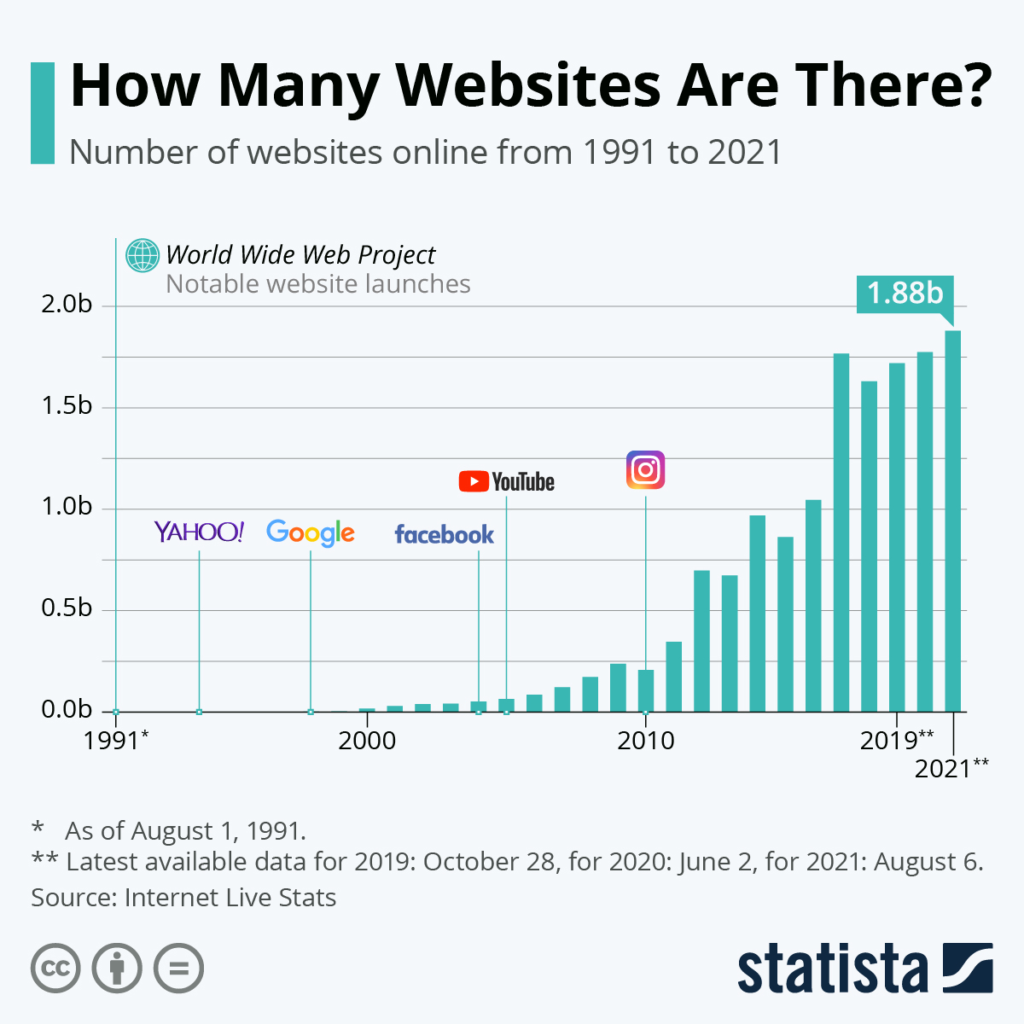
With such popularity, creating a visually stunning webpage that stands out from the rest will obviously require more time, money, and effort. But if you can pull it off, the rewards can be immense.
This is where new website owners run into their first dilemmas, such as whether a custom design is worth the extra investment, if it offers better long-term scalability, or if they have the technical skills to maintain it properly.
Are you facing these questions? Well, then, you’ve come to the right place. This page will tell you everything you need to know about custom website design vs themes.
Key takeaways:
- Theme templates offer a cheap & quick route to webpage creation.
- Custom web development requires more resources, but your unique design could pay off.
- There is no one-size-fits-all answer. You need to weigh up the pros and cons and make an informed decision based on what factors are most important to you.
How websites are built: A very brief guide
Before we dive into the details, let’s make sure we’re all on the same page by covering the basic steps involved in launching a website:
- Domain acquisition: Your first step is to think of a domain name for your website—ideally something memorable and relevant (like www.easywp.com, for example). Once you’ve decided, you can buy unused domain names from a domain registrar, or if it’s already taken, you could make a direct offer to the current domain owner.
- Website Development: Now comes the “meat” of web development. Beyond creating a visual concept for your website’s layout and design, you must integrate plugins for essential features, select a content management system (CMS), and even write your own code where necessary.
- Hosting: Finally, it’s time to launch your website, and you can choose a reliable web hosting service to take it online and into the World Wide Web!
To be crystal clear, this article focuses on the ‘website development’ step—the most important, albeit complex, stage of the process. Let’s explore the two main approaches in the following sections.
Understanding custom website design
Custom website design encompasses the creation of a distinct visual identity. Achieving this requires professional development on multiple fronts—bringing your ideas to life with meticulously coded front-end and back-end components.
While it’s possible to take on this challenge yourself, most businesses typically find a web developer or agency to build their website to a specified brief.
With custom design, every aspect—colors, fonts, layout—is purposefully chosen to align with your brand’s image. This goes beyond aesthetics—it’s about functionality, too. You get to decide how your website works, what features it has, how users interact with it, etc.
The psychological impact of color choice, for example, can evoke specific emotions and perceptions in your website visitors, helping to create a more immersive and engaging user experience.
Unlike templates that come with predefined limitations, a custom design is built from the ground up to suit your exact needs. So, whether you’re aiming for an intricate portfolio or a streamlined e-commerce site, a custom design accommodates your vision perfectly.
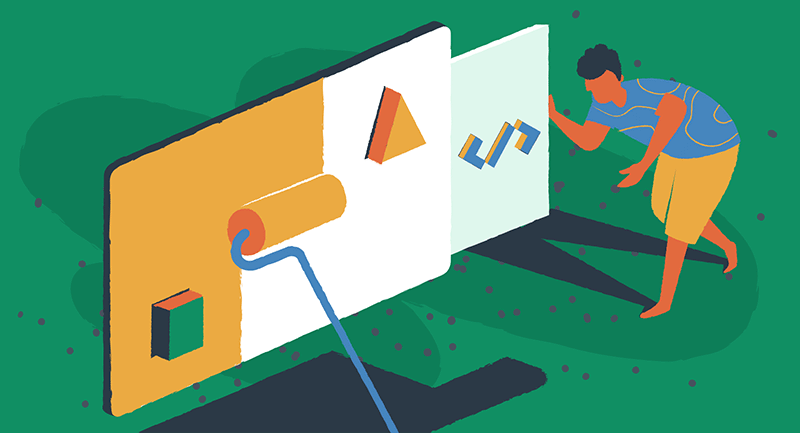
While it might involve more initial effort, the end result is a website that’s distinctly yours—a virtual extension of your brand’s identity. You’ll be assured of the fact that your design isn’t found anywhere else on the web, and your customers will recognize that, too.
Exploring pre-made themes
Your other option is to build your website with a pre-made theme.
This approach offers a set-and-forget experience that’s ideal for those seeking a quick solution without delving into the details of design principles and intricate code.
Some platforms, like Wix and Squarespace, provide an all-inclusive package. They’ll sort your domain name, host your site, and give you a number of templates to customize with a simplistic drag-and-drop interface. For a slightly cheaper option, you could just set up a regular WordPress website and then find a theme on an online marketplace like Shopify or ThemeForest.
The advantage of pre-made themes lies in their simplicity and speed. They’re designed to be user-friendly, allowing you to choose a template, customize it to some extent, and have your website up and running by the end of the day.
For businesses on a tight schedule or with minimal technical expertise, pre-made themes provide an efficient way to establish an online presence. While they might not offer the unique customization of custom designs, they do offer a polished and professional appearance without the need for in-depth design skills.
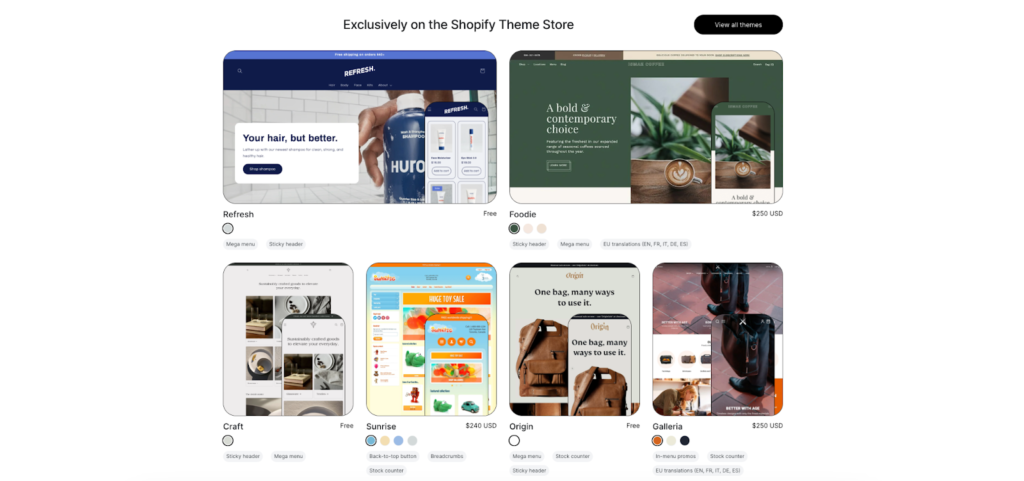
The only issue is that your customers may think, “Hey, I’ve seen this design somewhere else before”.
Comparing custom website design vs. themes: Which is right for you?
Let’s take a closer look at custom website design vs. themes side by side within the context of several key areas:
Budget considerations
When it comes to budget, there’s a tangible difference between custom website design and pre-made themes.
Custom website design often requires a higher upfront investment due to the personalized nature of the process. Unless you plan to build everything from scratch yourself, you’ll have to hire a developer to take on the project—which won’t be a cheap option!
A custom-designed website also tends to have more pages and content compared to a simple pre-made theme. While a theme might just offer a single-page website, a comprehensive site will be a much larger ecosystem with features like animations and integrations with third-party tools.
In short, a bespoke business site could take months to develop and see costs spiral into the thousands with all the designing, coding, testing, optimizing, bug-fixing, etc.
On the other hand, pre-made themes offer a more budget-friendly route.
Check out the main template libraries and see what options align with your branding goals. You may find that your desired themes are locked behind a licensing fee—which usually costs around $25 (but can go much higher). Generally speaking, free themes provide basic designs and functionalities, while premium themes come with more advanced features like typography options or logo uploads.
The Winner: Pre-Built Theme
Hands down, the cheapest option is to go for a free theme. While it won’t be anything special, it’ll do the job as a temporary solution if you want to focus on building a custom website in the background.
Time constraints
Now, let’s talk about time. Even for master coders, developing a custom website is a highly time-intensive endeavor.
Obviously, the timeline depends on factors like the number of pages or functionality required. If it’s a one-person job, creating a custom design and coding it to perfection could take a few months of effort. However, if you’re working with a team of designers, front-end developers, and back-end developers, the process could be expedited to a few weeks.
On the flip side, setting up a pre-built theme is light-years faster. The steps involve:
- Selecting a theme,
- Installing it on your platform,
- Customizing the content to fit your needs.
This process can typically be completed in a matter of days or even hours, depending on your familiarity with website creation.
The Winner: Pre-Built Theme
If time is of the essence, pre-built themes clearly have the advantage. They allow you to have a functional site up and running by the end of the day, which helps you move faster in business.
Brand identity
One of the main reasons for creating a website is to establish a focal point for your brand image online. You can link to this site from your social media accounts, marketing campaigns, or from QR codes on your products—so it’s important that your customers get a good first impression.
A custom website design is the best way to achieve this. Consider the palette of possibilities at your disposal, from imagery that captures your brand’s story to typography that conveys your unique voice. Each design element is a piece of the puzzle, contributing to a comprehensive user experience that fuses aesthetics and functionality.
With the help of a visual builder, you can streamline and expedite the design process, ensuring that your website looks great and functions seamlessly.
Additionally, you can optimize your website’s search engine visibility by properly configuring your robots.txt file.
While pre-made themes might not offer the same level of customization as custom design, they still allow you to align your website with your brand identity. Try to explore themes with customization options to make them feel more like “you” and less like a template.
Just remember your chosen pre-made theme might be used by other websites, too, potentially diluting the uniqueness of your online presence.
Make sure that you employ other tricks for enhancing your digital brand identity. For instance, many websites choose a top-level domain (TLD) that enhances what their page is all about.
Instead of the standard ‘.com,’ a legal professional could go with ‘.lawyer’ or ‘.attorney’ for a memorable touch. Likewise, the .ai domain has become immensely popular with tech companies and startups, as has the .io domain.
Choosing a domain name that matches the area in which you do business is also a good way to strengthen your identity. Think of it this way: a business operating in Idaho would benefit from having a 986 area code phone line, as a local phone number will help them establish a local presence. Customers are more likely to trust local businesses than global ones. Having a local domain name does the same.
The Winner: Custom Design
When it comes to brand image, custom design takes the crown. If building a unique identity is important to you, it’s best to skip over the pre-built templates and design your own.
Scalability and flexibility
When considering the scalability and flexibility of your website, custom design and pre-made themes offer distinct advantages.
With custom design, your website’s scalability and flexibility are practically limitless. Since the design and architecture are tailored specifically for your brand, any future changes or enhancements can be integrated more fluidly.
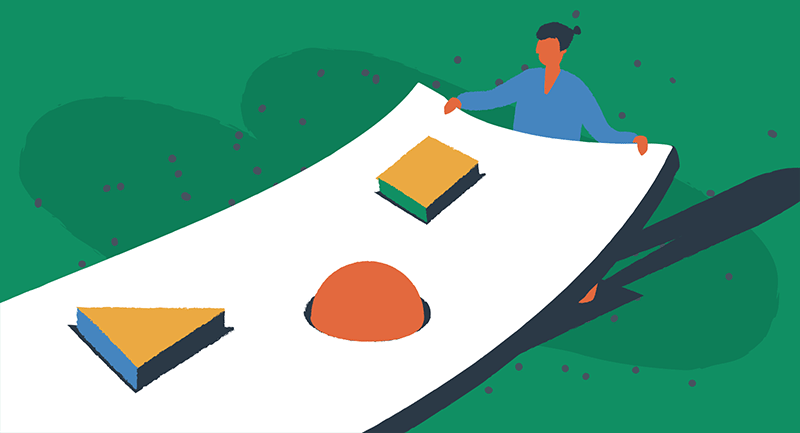
This adaptability comes in handy as your business evolves and your online presence needs to reflect your latest offerings. Need a booking system? A custom design can accommodate. Expanding your product line? Absolutely. It’s entirely up to you. Your website’s foundation is equipped to accommodate these changes without major overhauls.
This is also true of services—a website offering contact center software needs to be scalable and flexible to accommodate the changes and any additions that need to be made when the service range expands or features are developed.
Pre-made themes, while offering efficiency, do come with limitations regarding scalability and flexibility. Since these themes are crafted with predefined structures, it inherently restricts how much you can scale your website. For instance, if you try replicating the template’s style for new purposes, you’ll likely encounter copyright issues. So, it could mean starting totally from scratch.
However, you should also consider whether your scalability requirements demand a fully customized approach. For many businesses, customizable themes provide sufficient flexibility to serve their initial needs, and a unique development could be something that comes later.
The Winner: Custom Design
All in all, a bespoke design better responds to the evolving dynamics of your brand. As your business grows, your website adapts, and you’re not limited by what came in the box with a ready-made template.
User experience and interface design
A website isn’t just about visuals—it also needs to have functionality. When it comes to adding features and plugins to your site, the list is truly endless, but you may want to consider some of the following to start with:
- Responsive design — Your website must be accessible across devices and screen sizes to maximize its online reach.
- Navigation menu — It should be easy for visitors to move through your website and find the information that they’re looking for.
- Page load speed — Cluttered and unoptimized websites take longer to load, angering customers and decreasing your SEO score.
- User-friendly forms — Forms have versatile purposes, being used for account creation, ticketing, and placing orders. Yours should be intuitive, secure, and reassuring.
- E-commerce functionality — If you want to run an online store, you’ll need to add features like product listings, shopping carts, and secure payment gateways.
- Cloud call center — Implementing a cloud call center feature adds a human touch to your online presence, providing real-time assistance and building customer trust.
- Privacy and cookies — To comply with regulations like GDPR or CCPA, you’ll need to make your privacy policies clear alongside a consent notice.
- Error page — A friendly error message is much nicer than the standard “404 page not found”, which could help reduce visitor bounce rates.
Generally speaking, it’s easier to implement these features with a custom-designed website. From the placement of navigation menus to the arrangement of content blocks, every decision is made with the user’s experience in mind—and you’ll have total freedom on how to do this.
Pre-made themes also strive to offer a positive user experience, and they do offer a starting point for freelancers or small businesses. That said, basic templates don’t offer much in terms of functionality. You should note that with solutions like WordPress.com, only premium subscribers can integrate plug-ins, so it may end up being a costlier endeavor than you first realized.
The Winner: Custom Design
Custom websites give you the ability to craft a user journey that aligns precisely with your audience’s needs, fostering higher engagement and repeat visits.
SEO and performance
Website performance is inextricably linked to SEO. The faster your website loads, the happier search engines will be to direct traffic toward it.
This optimization is not a simple process with a custom development. While web developers will be well aware of the strategies for ensuring performance, you’ll also need to ensure your content is SEO-friendly and high-quality. Make sure to target keywords in your headings, long-tail keywords in your body texts, and provide relevant image alt texts and meta tags.
Pre-made themes aim to offer a balance between ease of use and optimization. Most themes are designed with performance in mind, and premium options actually boast some rapid load times. Having a website that ranks high because of its SEO optimization isn’t enough — it has to offer a quality user experience, or you’ll end up with high traffic but low conversion rates.
That said, templates are typically quite basic in their offerings, so tacking on additional features won’t bring you the fine-tuned performance you’d expect with a custom-developed website.
Similarly, pre-made themes often prompt you toward better SEO, with features such as built-in meta tag fields and structured data options. This will help establish your ranking in results pages, but it won’t live up to the tailored SEO strategies that custom designs can enable.
The Winner: Custom Design
If ranking high in search results and delivering a lightning-fast user experience is paramount, custom design offers a better toolset to achieve these goals.
Security and maintenance
In an era where cybercrime is only growing, focusing on security is not just desirable but necessary to protect your business and customers’ data.
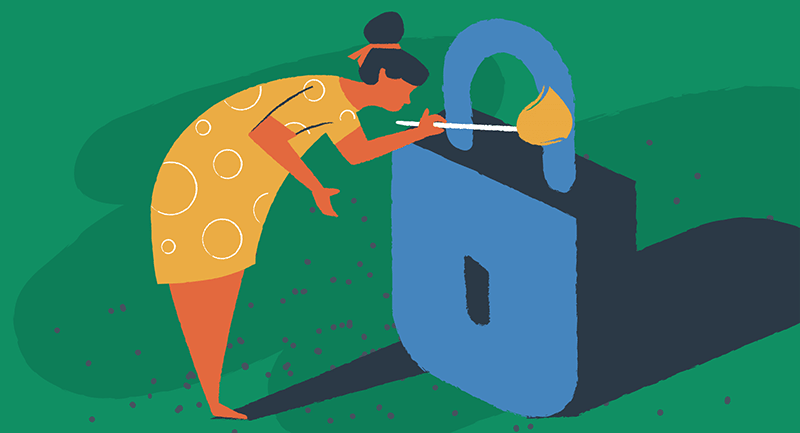
Custom-designed websites can offer heightened security measures due to the tailored development process. Web developers can pinpoint common security issues and protect your website from emerging threats, such as:
- Vulnerabilities — Robust coding practices safeguard against common browser exploits, such as cross-site scripting (XSS).
- Data breaches — Encryption protocols protect sensitive user data from prying eyes and manipulation.
- Malware attacks — Security plugins and tools can further enhance protection against virus injections.
You should note that customized websites will require some ongoing maintenance—such as patches and updated security protocols, etc. Developers can use remote software to automatically install their chosen updates on your system from off-premises, although this will usually cost a little extra.
As for pre-made templates, sadly, they don’t match up to the level of security that custom-built websites offer. For starters, they often share common structures, making them susceptible to known exploits and attacks.
Further, if the template developer decides to stop updating their product, then vulnerabilities are likely to arise from outdated code. The same goes for third-party plugins that can accrue security risks over time. This all represents a major concern for template users—do you have the security know-how to maintain your website properly?
The Winner: Custom Design
Again, custom design is the route to go down to ensure you deliver the best security for your customers. If convenience and maintenance simplicity are top concerns, pre-made templates might fit your needs, but make sure to keep on top of updates and industry news. The world of website design and security is constantly changing, and you’ll need to stay on top of new developments.
Custom website design vs themes: Which is right for you?
Now, it’s time for you to create your website, and the decision between custom website design and pre-built themes is a crucial one. As you stand at this crossroads, let’s recap the key takeaways and offer a few final thoughts to help you make a choice.
In short, a theme template is the cheapest and quickest route to webpage creation. They largely suit individuals with limited resources and technical expertise—so, for this demographic, a straightforward page builder might be your best bet.
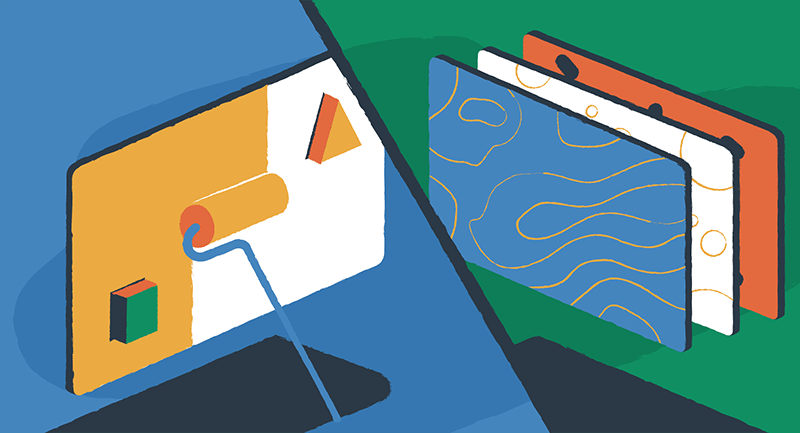
On the other hand, custom web development is the embodiment of exclusivity—a dedication to presenting your online presence as an authentic extension of your brand’s narrative. It’s a journey that involves vision, collaboration, and a deep understanding of your objectives.
So, while templates offer convenience, a custom design offers distinction. It’s a choice that reverberates through every pixel, every interaction, and every visitor’s experience—a choice that unequivocally declares, “This is who we are, and this is how we want to engage with the world.”
What works perfectly for one may not suit the other. So, take the time to consider what your requirements will be according to your business’s expected growth trajectory.
Finally, regardless of the route you take, remember that the journey doesn’t end once your site is up and running. Regular maintenance, content updates, and adaptation to new technologies will be ongoing tasks to ensure your online presence continues to shine.
Take a look around at other websites and see what styles and themes you like. You never know, you might spot one that’s perfect for your brand. Then, you can use a WordPress theme detector to uncover their secrets. Good luck, and enjoy the process!
Frequently Asked Questions
How much does it cost for custom website design vs themes?
Custom website design often requires a higher upfront investment due to its personalized nature. Costs can spiral into thousands with designing, coding, testing, and more. Pre-made themes offer a budget-friendly option, with free themes available and premium ones costing around $25 or more.
How long does it take to build a custom website vs a theme website?
Creating a custom website can take months, depending on complexity and team size. For pre-made themes, you can have a site up and running within days or even hours, depending on your familiarity with website creation.
Do professional web designers use templates?
Yes, professional web designers sometimes use templates, especially if they fit a client’s needs and save time. However, many prefer custom designs for their clients to provide unique solutions.
How easy is it to start with a theme and switch to a custom design?
It’s possible to start with a theme and later switch to a custom design, but it can involve significant changes and potentially reworking the entire website structure, layout, and functionality. It’s important to plan this transition carefully.
Final thoughts on custom website design
So, after this guide, you should have a better idea about what will suit you best, whether it’s a custom design or a pre-built theme. But, if you’re still looking for a little inspiration, check out our guide to wordpress website design to discover more tips and best practices.

